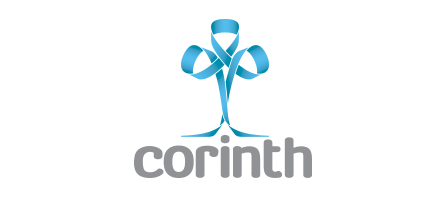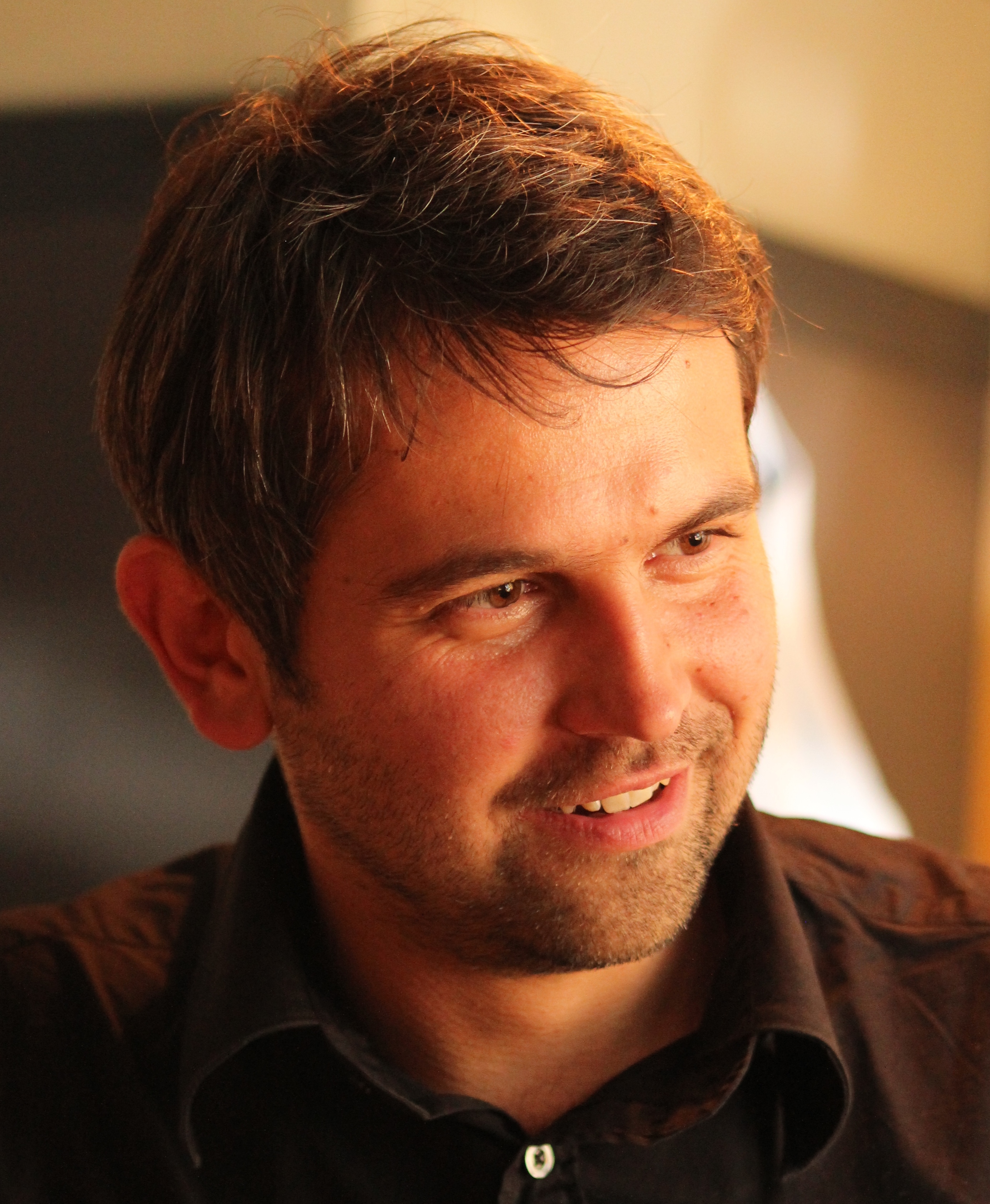High-tech Gaming Is Giving K-12 STEM Education A New Way To Play: A First Person Perspective by Corinth CEO Ondrej Homola
I was 27 years old when I was appointed one of the youngest regional sales and marketing directors for DuPont. At first, it was exhilarating but two years later I felt stuck. I wanted to make more of a difference in the world but I wasn't really sure how.
The opportunity to spark innovation and make learning more playful came when Daniel Skylar (now the CTO of Corinth) approached me with an idea for bringing cutting edge gaming grahics and technologies into the education space. Finding a co-founder isn't easy, but Daniel and I had known each other for nearly 15 years, felt very comfortable with one another, and knew each other's strengths and weaknesses. The two of us believed the moment was right to build a company focused on interactive educational solutions.
We chose to focus our products on kindergarten – 12th grade science, technology, engineering and math (K-12 STEM). Through research, we discovered that teachers of these subjects were in dire need of some updated teaching tools. STEM education is more important than ever, yet student achievement worldwide has been trending in a downward direction. Plus, kids now have access to video games and sleek digital media from a very young age – they’re used to it and they relate to it. When we put these observations together, we had the foundation for Corinth: fun, interactive learning for tough subjects through immersive visual representations that empower students’ imaginations.
Today, we provide applications for Windows 8, Windows Phone and Windows RT, as well as Microsoft Office add-ins. We currently offer more than a dozen products to spark learning, including a free Windows Phone International Space Station (ISS) app which lets people play with an interactive 3D model of the fascinating ISS, the Windows 8 app Corinth Micro Engines which provides fun but easy-to-understand animated models of engines and one of the first Windows 8 apps on the market to use AR technology, Corinth Micro Anatomy Augmented, which lets students see 3D organ systems superimposed over live video images of their classmates.
We really picked up speed with the release of Corinth Micro Plant, a deep dive into plant biology. It was this app that helped us to be recognized as a 2013 Microsoft Partner of the Year finalist in Education. As we gained visibility, our apps were featured on Microsoft Education’s list of the Top Windows 8 Apps for Education and subsequently used to wow audiences at education conferences and seminars around the world.
However, I’m proudest of our latest work: Corinth Classroom B. It takes a similar approach to making subjects more exciting and will serve as a platform for unleashing a critical mass of new content we’ve prepared. With MS Office integration rolled out, it’s not just a library of excellent content but also a creativity tool allowing teachers to seamlessly update their old lesson plans. After surveying hundreds of educators around the world, as well as hundreds more beta testers of Classroom B, our research shows that 89% of teachers, no matter what they teach, say they would use this product in the classroom. In fact, over half of the respondents consider it a breakthrough education tool!
As a result of our involvement with Windows 8, we discovered BizSpark and became part of a whole ecosystem of innovative startups. It opened our eyes to the different possibilities for our own technology products. And, as a member, we received a suite of valuable technologies from Microsoft for free. This helped us boost our development by leaps and bounds.
One of the most important benefits of working with BizSpark is access to Windows Azure. Tech geeks reading this might be interested to know what’s behind the scenes. A key part of our business includes web-hosting on Azure web sites where we have our user web (presentation, landing pages and so on), accounts server (user access control, admin interface) and a backend server for Office add-ins.
Of course, we use SQL servers to store data. For content data, we plan to use Azure Storage or maybe even Azure CDN, since we need reliable access across the whole world. We also need scalability: our projects’ downloadable packages vary in size from a few megabytes to a few gigabytes. Although not directly connected to our user side applications, Azure Virtual Machines (VM) are an inherent part of our development process, allowing us to move easily between our local hardware and the cloud.
When I look back, our small start-up from Central Europe gained quick global traction partially because of our great products and partially because we knew we had to take advantage of opportunities wherever we found them. Two years ago, we were lucky to meet Steve Ballmer at an event in Silicon Valley. We proactively kept contact with leaders within Microsoft who helped us explode onto the education scene. We’re continually seeking out anyone we can find to help us get the word out about our products.
We’re excited to move forward and we’re beyond thrilled that our little company from the Czech Republic is making a difference around the world. If we can make it, anyone on this planet can make it.

